
The Big 5 Safari in Uganda
The Big 5 Safari in Uganda
The Big 5 Safari in Uganda : For those who love animals, the Big 5 safari in Uganda is a fantastic nature experience. Many wildlife fans want to visit the African Big Five creatures, and going to Uganda is a terrific option. Since the southern white rhino became extinct in the 1980s, it is impossible to go on a Big 5 safari in just one reserve in Uganda. Nevertheless, rhinos were brought back into the country and raised in the Ziwa Rhino Sanctuary, where visitors may observe them while participating in the incredible rhino tracking safari experience.
The Big Four can be observed in Uganda’s three savannah national parks, Queen Elizabeth, Murchison Falls, and Kidepo Valley, all of which are located in the country’s extreme north-east.
What are the Big Five African Animals?
The name “Big Five African animals” refers to the five creatures that trophy hunters in the 1800s considered to be the most valuable. The five were regarded as the most difficult and hazardous creatures to hunt on foot. The African Elephant, Lion, Leopard, Rhinoceros, and Cape Buffalo are known as the “Big 5” creatures. Travellers still adore viewing the big five in the twenty-first century, but now more for observation and photography than for trophy hunting.
Due of their presence in savannah parks and rhino sanctuaries, the Big 5 can only be photographed while on a safari in Uganda.
- African Buffalo (Syncerus caffer).
The adaptive and ubiquitous African buffalo is an ox species that coexists with smaller herds in the forest and larger herds in the grassland. According to reports, an African buffalo is the most dangerous of all African game animals, especially when it is injured or alone. As a result of this reputation, it is one of the Big five animals that are widely recognized.
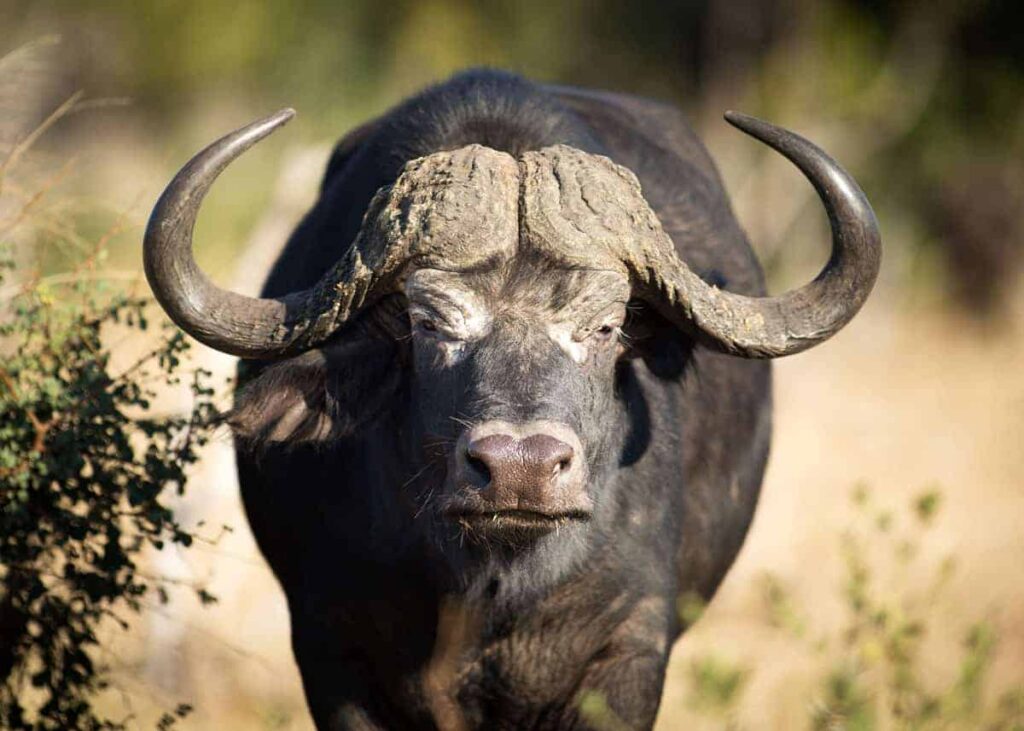
Any other animal can be clearly differentiated from an African Buffalo. The horns of the African Buffalo, which are smaller and lighter and curve outward, backward, and upward, are often dark black in colour. The huge buffalos even have toed ungulates.
African buffalo live in woodlands, riverine valleys, marshlands, subtropical savannas, and broadleaf montane forests in Africa. These habitats are typically characterized by an abundance of tall, sweet grasses, plenty of surface water, mud baths, and enough shrubs and trees for cover. However, broad plain grasslands without wooded cover are something that African buffalos tend to avoid. They form two fundamental types of mixed herds, one with mixed-sex and the other with mixed-age, and are surprisingly gregarious animals that assemble in herds of anywhere from a few to over a thousand buffaloes.
You can witness the hybrid of the red buffalo of West Africa and the savanna buffalo of East Africa in Queen Elizabeth National Park and Murchison Falls National Park in Uganda. Buffalos that number in the thousands graze the savannah plains in Kidepo Valley National Park.
- African Elephant (Loxodonta Africana).
The largest land mammal in the world and possibly the most enduring representation of the beauty and frailty of nature is the African elephant. African elephants are among the most intelligent and fascinating animals to see on a Uganda safari.
The average weight of an adult male African elephant is 6300 kilograms, however the smallest adult male rarely weighs less than 4000 kilograms. More so, under normal circumstances, female elephants weigh just slightly more than their male counterparts.
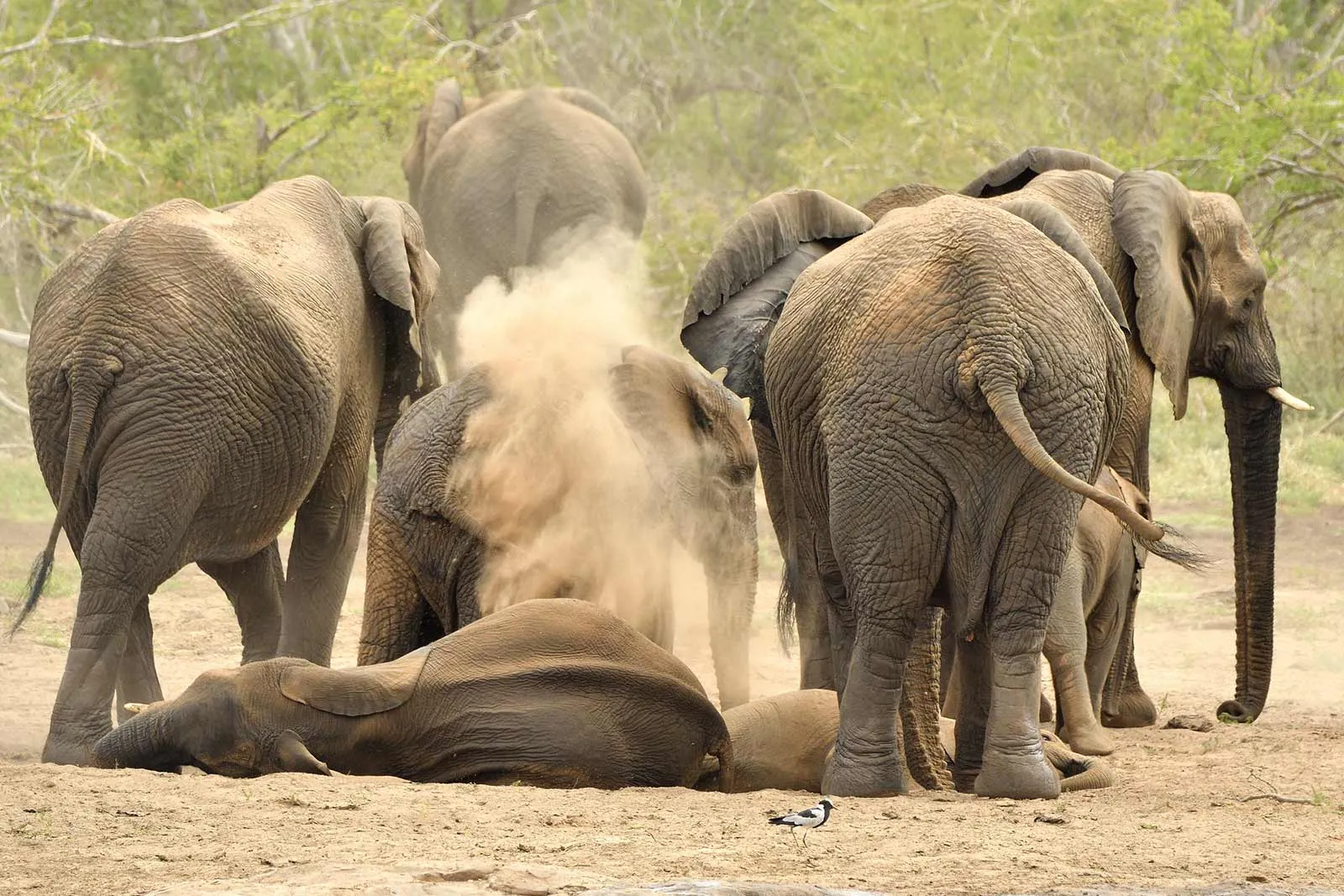
But there is a little more variation in height than in weight, with the tallest male standing at 4 metres and the tallest woman at 3.4 metres.
The male has a more rounded forehead, while the female’s is more angular, which is another evident difference between the sexes aside from general size. Elephants have the largest brains of any living creatures, weighing up to 6 kg, which is a remarkable fact. Tusks are used by African elephants as both tools and weapons.
African elephants can be seen in Kidepo valley national park, Queen Elizabeth, and Murchison Falls in Uganda. However, for better sightings, boat safaris to the Nile in Uganda’s Murchison Falls and Kazinga channels in Queen Elizabeth national parks give excellent opportunities to spot these wonderful creatures.
- Leopard (Panthera pardus).
The leopard is the most prevalent of Africa’s huge felines and frequently coexists with humans; nonetheless, due to its solitary, reclusive character, it is rarely seen. The leopard is an exceptionally adaptive predator, as indicated by its ecological and ethological characteristics.
Except for the driest regions, leopards live in peace throughout all of Africa south of the Sahara. In Africa, woodlands, thorny shrub areas, lowlands, and montane forests are where leopards are most at home.
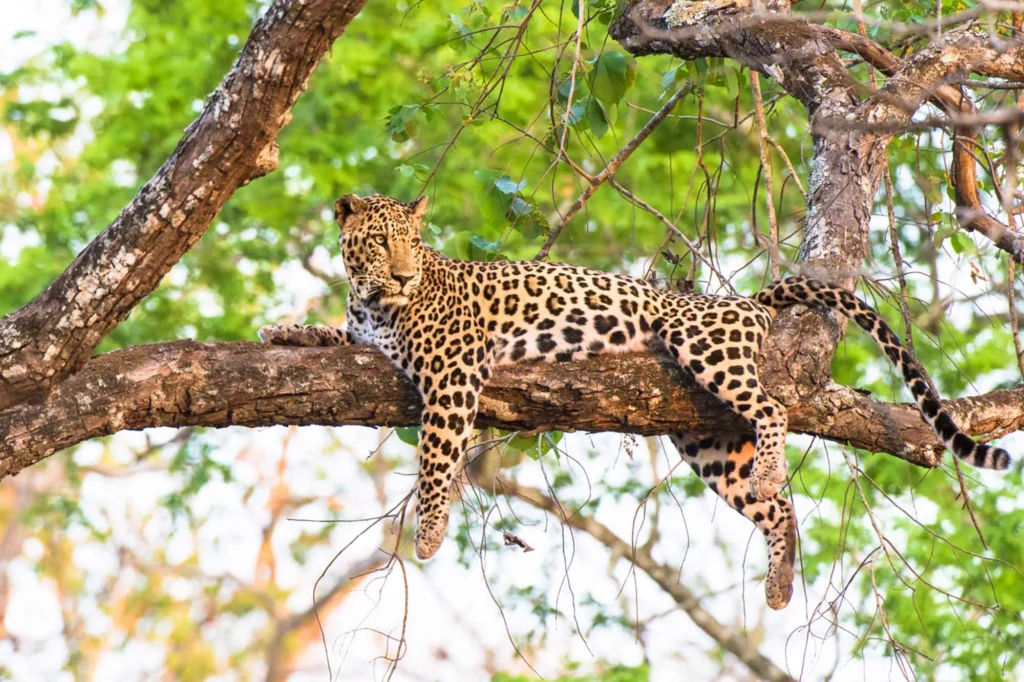
The ability of leopards to adapt to changes in prey species, hunting conditions, carnivore competition, vegetation patterns, and human activities sets them apart from other large wild animals and has allowed them to thrive in modern Africa.
Leopard sightings are more frequent outside of protected areas, setting them apart from other carnivore species in Uganda. Leopards use their strength and stealth to hunt, frequently coming within 5 metres of their prey. They then hang their carcass from a tree to protect it from large predators.
In Uganda, Queen Elizabeth National Park, Murchison Falls National Park, and Kidepo Valley National Park are where leopards are most frequently spotted. At Lake Mburo National Park, Mt. Elgon National Park, and Toro-Semiliki Wildlife Reserve, rare sightings have also been reported.
- African Lion (Panthera Leo).
The biggest and most dominant carnivore in Africa is the lion. The lion is surprisingly the most gregarious of the big cats, and they often live in loosely organized prides of five to fifteen cats. Lions are significant in various cultures, and in Uganda they are known as the kings of the creatures/kings of the jungle and are frequently used as symbols of power, bravery, and monarchy.
They live in lion societies that are more like chimpanzee societies in that they have overlapping home ranges that allow them to frequently interact.
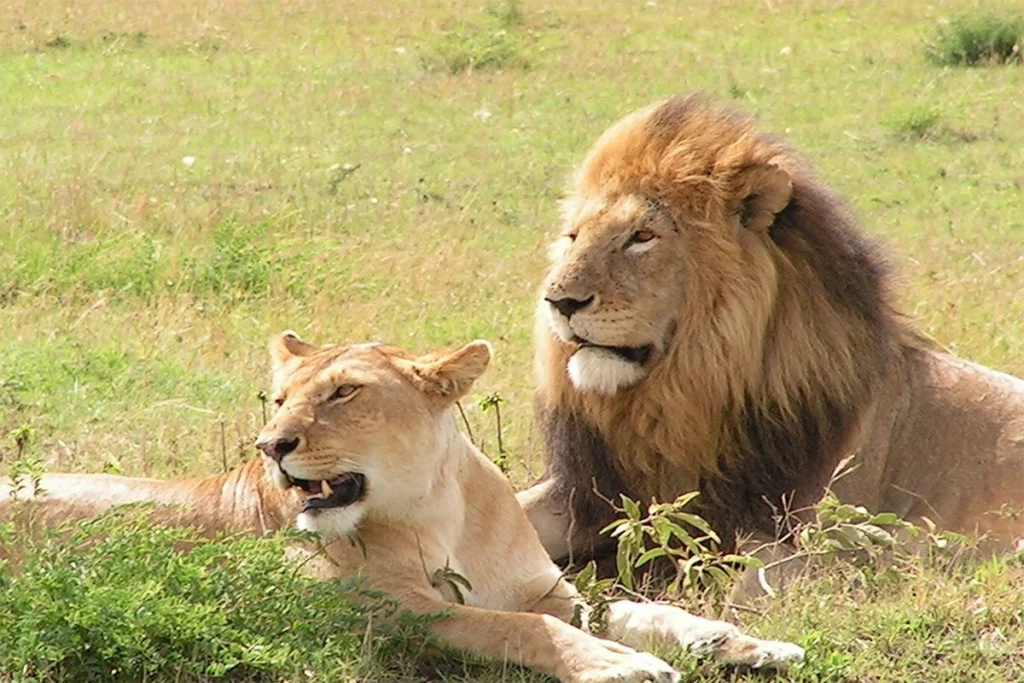
The dominant male often kicks the males out of the group when they are between 3 and 4 years old, however between the ages of 7 and 10, these mature lions will attempt to engage in combat against a group. However, the females stay in one location, and their moms typically move to the neighboring prides.
In Uganda, lions can be spotted in Queen Elizabeth National Park, which is renowned for its Ishasha tree-climbing lions, Kidepo Valley National Park, and Murchison Falls National Park.
- Rhinoceros.
The rhinoceros is the popular name for this animal. An enormous herbivorous animal known as a rhino is easily recognized by its horned snout. Rhinoceros have enormous bodies that are easily recognised around the world, as well as stumpy legs with either one or two dermal horns.
There are many different species of rhinoceros, and in some, the horns may be short or not noticeable. The greater one-horned rhino of Asia and the white rhino of Africa are the largest and most prevalent species, respectively. Although rhinos are recognised for having poor eyesight, they have highly developed hearing and smell senses.
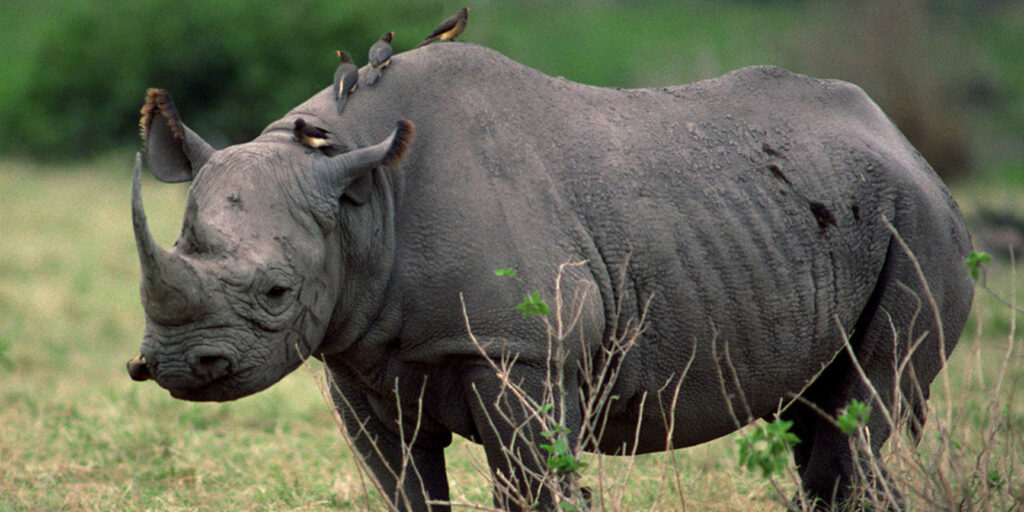
Since rhino horns are allegedly utilised in folk medicine for their reputed curative virtues, rhinos in Uganda have been hunted to almost complete extinction.
The rhino horns are frequently crushed up and utilized in Chinese medicine, however they are occasionally sold as trophies or ornaments as well. The horns are thought to be a cure-all for fever, hangovers, and aphrodisiacs.
The two most prevalent species in Uganda are the white rhino sanctuary, which is located nearby at Murchison Falls National Park in Nakasongola district along the Gulu highway.
Therefore, in order to experience a Big 5 safari in Uganda, a traveler must tour the habitats of the Big 4 animal species and combine a wildlife safari with a visit to the Ziwa Rhino Sanctuary. The traditional Big Five African safari creatures are the Buffalo, Rhino, Lion, elephant and Leopard. However, modern Uganda excursions include chimpanzees and mountain gorillas in addition to the Big 5 safari in Uganda. These ape and gorilla primates can be properly and creatively blended into a Big 5 safari in Uganda.






